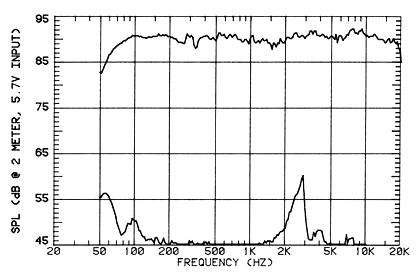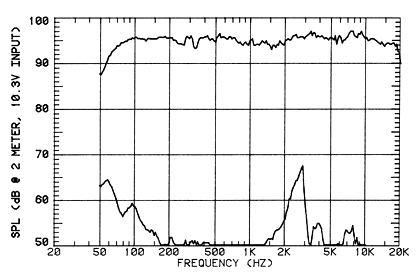solderdude
Grand Contributor
A really good top notch speaker gets potentially down to 0.5% THD... aka SINAD no better than 46
Even if that were true you have to consider harmonic spread and the fact that, in speakers, the FR is split in more than one drive unit.
With speakers most distortion is 2nd or max. 3rd harmonics and even 0.5% is not really problematic at higher levels in that case.
With electronics having 0.5% THD (at a specific level) there may well be harmonics that are much higher up than 3rd harmonics and those might well be audible in music.
So what, in fact, are we measuring?
Performance of a device at specific levels and circumstances that can give some clues about technical performance. Nothing more, nothing less.
SINAD is just a number that is easily ranked and just one generated number amongst many other generated numbers and plots.
A high value is indicative of a low noise/hum/distortion (opposite a specified level). Low noise, low hum and low distortion is desirable.
It says nothing about how the same device will perform in other conditions such as ground loops, interacting with other gear, in specific circumstances. It also says nothing about tonality (FR only in case of high SINAD) and longevity nor about functionality.
It is too bad a lot of people can not see 'past' the ranking of SINAD and give that table much more importance than it deserves and use it as an excuse to make fun of measurements and their importance. Usually by lack of understanding.
Yes, more measurements etc. would be welcome but then we would not be checking ASR for new reviews every day but at most once every week.


